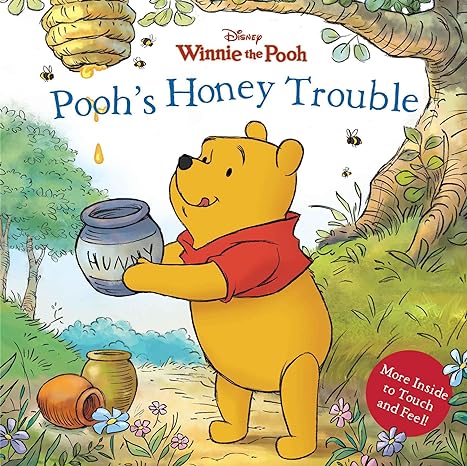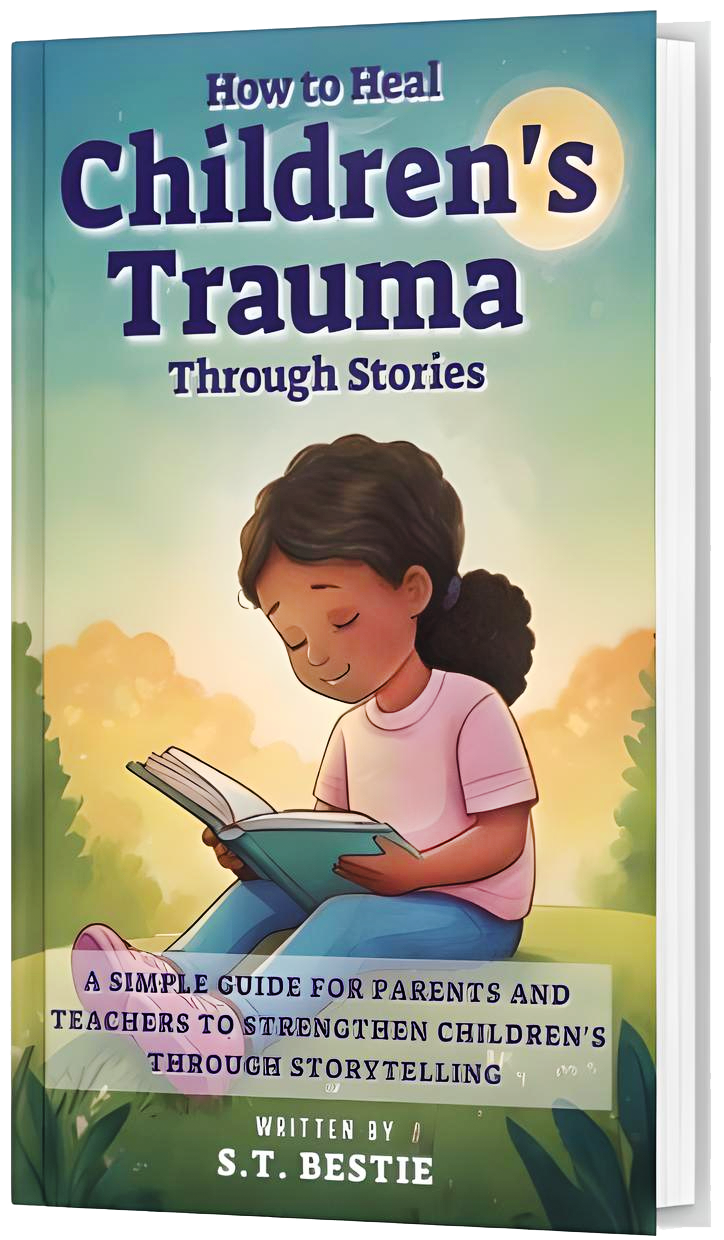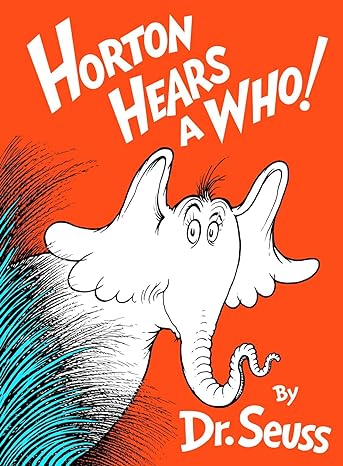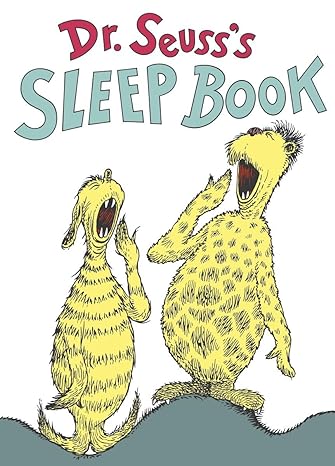Disclaimer: Some of the links may earn me a commission. However, it does not cost you more than purchasing it directly from the website. My goal is to provide you with the best products.


Calm and Joy on Sesame Street Alloy
Where Friends Convene, in a Joyful Scene!

Sesame Street stories have long been a beloved part of childhood, captivating young minds with their vibrant characters and educational adventures. These tales, stemming from the iconic television show, extend beyond mere entertainment; they provide profound therapeutic benefits and life lessons, all wrapped in a package of fun and innocence.
Background of Sesame Street
Sesame Street was developed in the United States to foster social and educational skills in children. The show aimed to integrate children from different ethnic backgrounds, reduce educational disparities, teach respect for others, and promote reading habits. It revolves around a neighborhood where helping others is the norm, occasionally featuring sketches that explore the broader world. This inclusive and supportive environment encourages children to learn and grow together.
Therapeutic Aspects of Sesame Street
There is something magical about Sesame Street's ability to create a world where learning is fun and characters are friends. Providing children with a therapeutic escape, the stories bring calm and happiness. Simple, warm narratives create a safe, understood, and valued environment for children.
Sesame Street transforms everyday experiences into delightful adventures, teaching children how to handle their emotions, understand others, and navigate the world around them. The stories help kids feel a sense of belonging and reassurance, making it easier to face their own challenges with confidence.
Learning Through Differences
Sesame Street portrays conflict and resolution. The characters, though diverse in personality, alike in Winnie the Pooh stories, are all inherently positive. Conflicts arise not from malice but from misunderstandings and differing perspectives. This teaches children that disagreements are natural and can be resolved through empathy and cooperation.
For instance, when Cookie Monster eats all the cookies meant for sharing, it's a humorous but empowering lesson in self-control and consideration for others. Through such stories, children learn valuable skills in problem-solving and conflict resolution, understanding that every problem has a solution that benefits everyone.
Unique Benefits of Sesame Street Stories
Beyond their therapeutic value, Sesame Street stories offer many benefits:
1. Emotional Growth: The stories help children understand and express their emotions. Characters like Elmo and Grover demonstrate a range of feelings, from excitement to frustration, providing relatable examples for young readers.
2. Creativity and Imagination: The imaginative settings and whimsical adventures encourage kids to dream and create. Whether it's exploring outer space with Grover or embarking on a treasure hunt with Big Bird, the stories ignite creativity.
3. Social Skills: The interactions between characters teach significant social skills such as sharing, empathy, and cooperation. For example, Bert and Ernie's playful bickering and subsequent resolutions show how to handle differences in a positive way.
4. Literacy and Learning: The rhythmic, engaging prose of Sesame Street books makes reading a joy. Combined with colorful illustrations, these stories enhance literacy skills and foster a love for reading.
5. Cultural Impact: Sesame Street is more than a show; it's a cultural phenomenon. The stories have been adapted into books, movies, and merchandise, creating a shared experience that spans generations and teaches timeless values.
Character Profiles: Strengths and Weaknesses
Sesame Street characters have unique strengths and quirks, making them relatable and endearing. Here's an overview of some of the main characters.
- Elmo: Elmo is known for his boundless enthusiasm and curiosity. His strength lies in his positive outlook and eagerness to learn. However, his curiosity can sometimes lead to unintended trouble. For example, Elmo's fascination with the toy might cause him to forget his chores, creating a teachable moment about responsibility.

- Cookie Monster: Cookie Monster’s love of cookies is both his defining trait and his biggest weakness. His insatiable appetite for cookies often leads to humorous situations, but it also teaches moderation and self-control. For instance, Cookie Monster might eat all the cookies meant for a party, prompting a lesson about sharing and thinking of others.

- Big Bird: Big Bird's gentle wisdom and caring nature make him a pillar of support for his friends. His strength is his empathy and ability to see the bright side in others. However, his trusting nature can sometimes make him vulnerable to misunderstandings. An example is when Big Bird might believe a friend's tall tale, only to learn the importance of critical thinking and asking questions.

- Oscar the Grouch: Oscar's grouchy exterior hides a gold heart. His strength is his honesty and authenticity, but his negativity can be a weakness. Stories often revolve around Oscar learning to balance his grouchiness with kindness. For example, when he begrudgingly helps a friend and discovers the joy of helping others.

- Bert and Ernie: Their contrasting personalities—Bert’s seriousness and love for order are strengths, while Ernie’s playful nature brings spontaneity and fun. Their conflicts usually arise from these differences but always end in mutual understanding and compromise. For example, Ernie's messy playtime might frustrate Bert, leading to a story about respecting others' space.

- Grover: Grover is a furry blue monster who is always eager to help others, though his efforts often result in humorous mishaps. Known for his adventurous spirit and multiple personas, including the superhero "Super Grover," he teaches children about perseverance, problem-solving, and the value of trying their best. Grover's endearing clumsiness and determination make him a favorite among viewers.

- Abby Cadabby: Abby is a fairy-in-training who brings a magical element to Sesame Street. With her wand and spells, she explores the world of imagination and creativity, teaching children about problem-solving and the importance of believing in themselves.

The art of crafting timeless characters
For children's authors, the Sesame Street series is a source of inspiration due to its exceptional character development. Characters come to life in a remarkable way because of their unique personalities. It's this kind of characterization that makes the stories timeless and universally loved, not just for kids.
Characters on Sesame Street have a variety of traits and interactions, so the stories are relatable and engaging. By studying these characters, writers can learn how to add authenticity and charm to their own stories. Writing stories that leave a lasting impression on readers and viewers requires creating memorable and relatable characters.
Sesame Street: Stories Without Violence
Sesame Street crafts engaging, memorable stories without violence or malice. The characters navigate their daily lives, facing conflicts that arise naturally from their differing personalities and perspectives. These stories demonstrate that compelling narratives can be created through humor, empathy, and cooperation, without introducing harm or negativity.
Sesame Street conflicts are rooted in everyday situations and misunderstandings, making them highly relatable for children. Characters like Big Bird, Elmo, and Cookie Monster often find themselves in humorous predicaments that are resolved through communication, teamwork, and kindness. This approach not only keeps the stories light-hearted and fun but also imparts significant life lessons on how to handle disagreements and challenges positively.
By presenting a world where characters work through their differences and learn from each other, Sesame Street sends a powerful message to young viewers: the world is fundamentally positive, and most conflicts can be resolved through understanding and cooperation. This optimistic perspective helps children develop a positive outlook on life and encourages them to build healthy, respectful relationships with others.
Growing up with such narratives, children learn that they can navigate life's challenges without resorting to negative behavior. They are inspired to approach problems with empathy and creativity, fostering confidence and willingness to engage positively with the world around them. This foundational belief in the goodness of people and the power of peaceful conflict resolution can shape them into optimistic, resilient adults who are equipped to contribute positively to society.
The Everlasting Magic of Sesame Street
Sesame Street continues to enchant and educate, providing a world where innocence and harmony prevail. Children can learn empathy and cooperation through the stories' gentle humor and relatable conflicts. Whether through books or television, Sesame Street magic remains a treasured part of childhood, teaching valuable lessons that endure a lifetime.
That's all for now.
I’d love to read your comments. See you in the next post,


In the meantime, you can download here
The 'How to Heal Children's Trauma Through Stories' ebook. A Simple Guide for Parents and Teachers to strengthen Children's Through Storytelling.
The price on Amazon is $6.90, but here you can get it for free!
Esti Bestie Books







More sweets of Sesame Street:
More Bestseller Treasures for Young Minds’ Pleasures
Selected Tove Janson's books:
Pooh and Friends Heartfelt Tales

Pooh's Honey Trouble
From Sneetches to Grinches: Seuss’s World of Riches
Selected Mark Twain's books:

A timeless tale of two lookalikes, a prince and a pauper, who switch lives and experience the drastic contrasts of 16th-century England.

The Adventures of Tom Sawyer
The mischievous and adventurous life of a young boy in a small town on the Mississippi River.
Subscribe now.
And get your free ebook:
How to Heal
Children's Trauma
Through Stories
A Simple Guide for Parents and Teachers to strengthen Children's Through Storytelling
I built this site with love and ease with systeme.io, The "all-in-one" system.


































